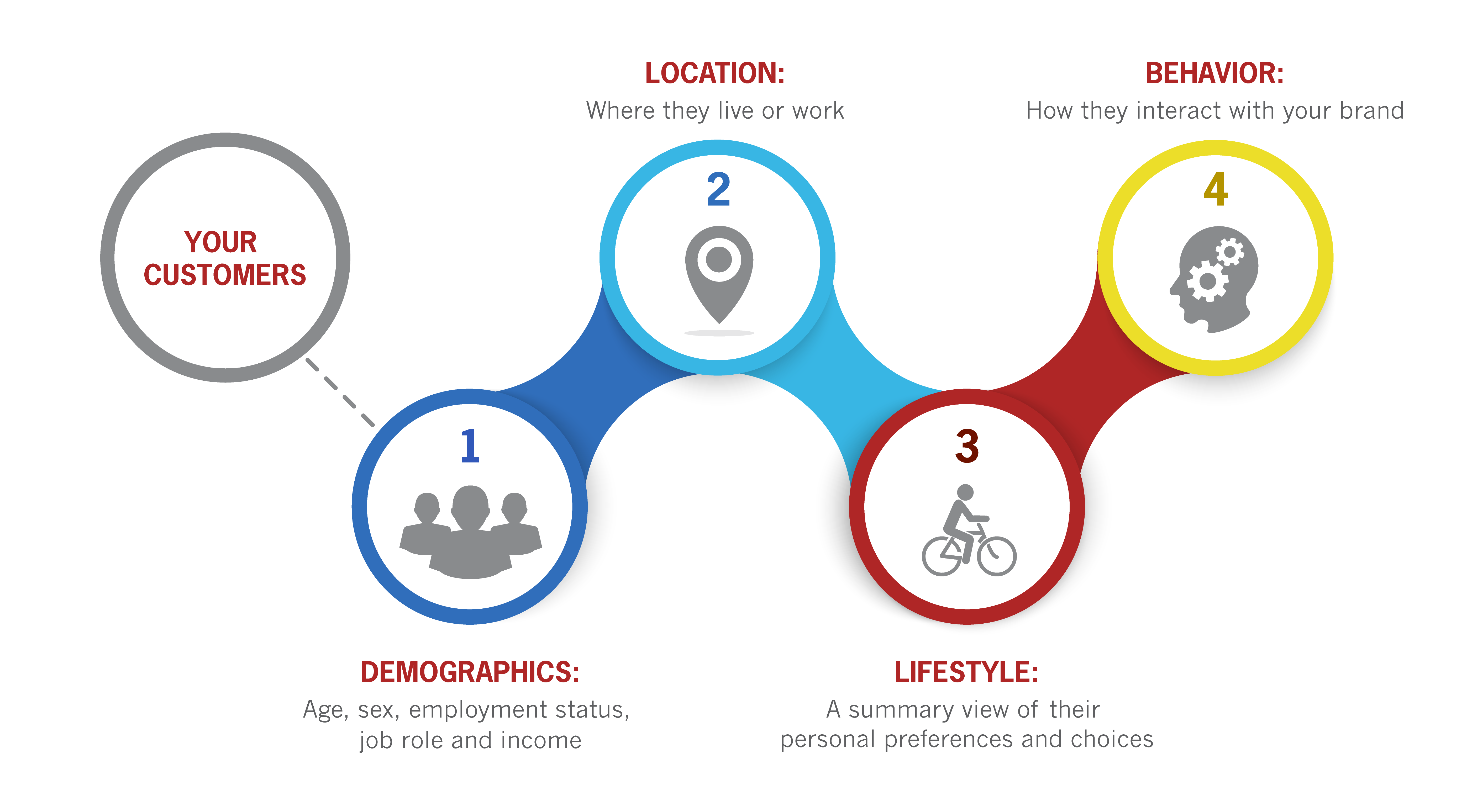One-to-one marketing, personalization, segmentation, hypertargeting, consumer-first marketing—whatever it’s called, the goals of nearly every marketing strategy are virtually the same: to understand customers as individuals, reach them on their terms, and communicate in a way that makes them feel like they are interacting one-to-one with your brand and its products and services.
How is it done? As a consultant and a marketer, I’ve heard clients ask that same question over the last 24 years. It was an important one back in the 1990s and remains relevant in 2018.
It Starts and Ends with Data
Today, we have terabytes of data on customers and the tech stack to support it. This includes data management platforms (DMPs) to manage data and help with audience planning and segmentation; marketing automation to facilitate engagement, split testing platforms to optimize creative, and so much more.
The challenge now isn’t “not enough,” but rather “too much.” How do you make sense of the data you have, use it effectively to improve the context and relevancy of your messages, and then collect more data in order to evaluate which are effective, and ultimately allow you to iterate on and advance your marketing efforts? All the while determining which platforms you really need?
One-to-one marketing is a fairly advanced digital marketing technique, which is why doing it well is still elusive for enterprises small and large. The first step is to develop a roadmap and start to chip away at it to create a more detailed understanding of your customers. I advise thinking of customer data in buckets, which includes:
- Demographics: the basics like age, gender, employment status, job role, and income
- Location: where they live or work
- Lifestyle: a summary view of their personal preferences and choices
- Behavior: how they interact with your brand and why they choose to consume when they do

The goal of your frontend segmentation is to be as detailed as possible within each bucket, and then combine your buckets to create detailed customer personas. Marketing to a new mom working in a major metropolitan area who values trendy fashion should be different than the 64-year-old retiree in Kansas who looks for discounts. Segmentation will get you there, and developing and deploying a personalized message platform will help you execute your strategy.
Conversation Leads to Conversion
Think about the last time you worked with a salesperson in real life. Maybe it was buying a car or a house, or shopping for a new snow blower at a home improvement store. Part of your buying decision was likely based on the expertise of the salesperson and his or her ability to make you feel confident that you were making the right choice. If they accosted you as you walked through the door and tried to force the product on you that they wanted to sell instead of the one that actually met your needs, you’d turn around and leave as quickly as you could.
For most people, a better experience includes a conversation with that salesperson. If that interaction with the salesperson ended with you buying something, odds are that they asked what you needed and listened to your responses, thereby matching your preferences with the product that best fits your goals.
This is why you segment your audience. Just because the interaction happens digitally instead of in-person doesn’t make the conversation any less important. In fact, that back-and-forth, aided by data and segmentation, is even more important in virtual environments where you don’t have the benefit of reading a customer’s reactions. It’s the conversation that ultimately moves your customers through the funnel and leads to the conversion, not just a campaign.
Creating the Playbook
Effective segmentation can be a challenge. You’ll need to work with data to create your customer personas, create a customer journey map that captures the details of each step in the customer lifecycle, build an effective marketing strategy and campaigns to reach them, choreograph all of the channels where you may reach them, and then capture the data again to redefine your customers even more. It’s how you answer the who, what, when, where, and why associated with your customers. And it’s how you go from obscurity to awareness and from cold lead to new customer.
It’s worth noting that working with data and building an effective segmentation plan requires the expertise of data scientists and database marketers—it’s not an appropriate fit for the intern you decided to conveniently repurpose for your playbook.
The clients I’ve worked with who have been the most effective at marketing segmentation all have a playbook in place. It’s not necessarily something you can find online; there is generally no template for it. It’s unique to your business and your customers. That playbook should be a living, breathing document that evolves with you, the people buying your products, and the ever-changing marketplace.
As the outspoken Jason Kelce of the World Champion Philadelphia Eagles recently said, “It’s the whole team, it’s the whole team!” I’d challenge you to think about your own marketing as a team approach. It’s an enterprise-wide effort with the playbook at the center; leading you on the road to victory.
To learn more about building your 1:1 marketing playbook, please contact the Branding and Marketing Division to start the conversation.













